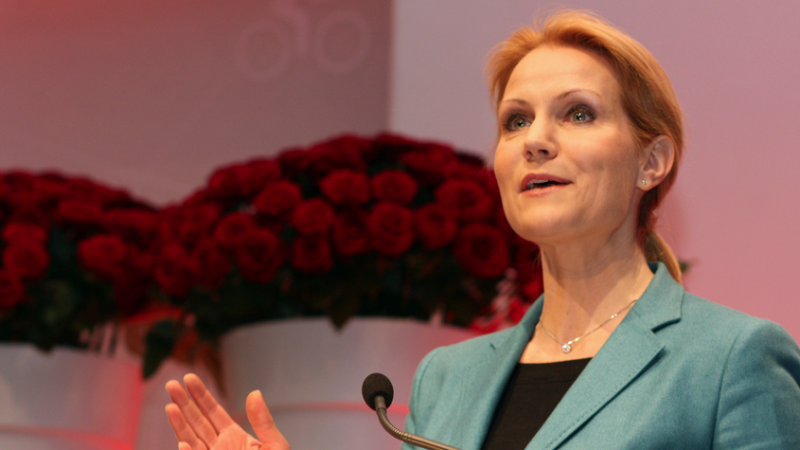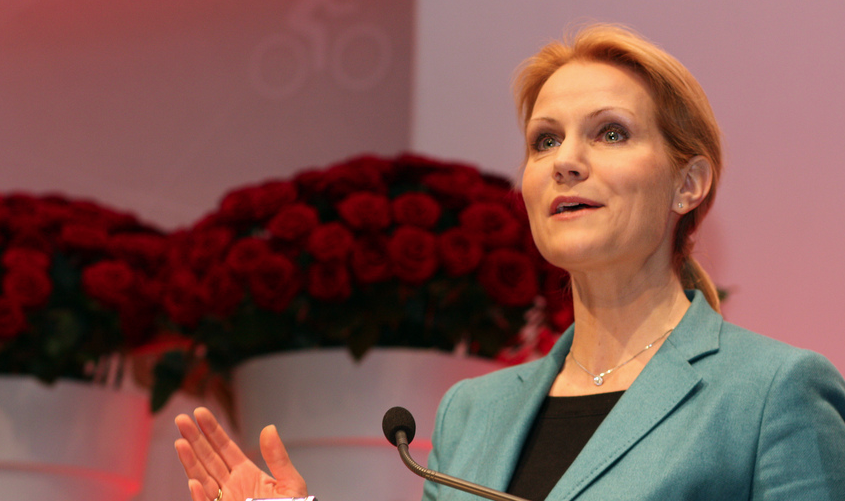If Helle Thorning-Schmidt is to join Twitter, this is how to do it

 TechCrunch this week highlighted that 75% of the world’s heads of state are now on Twitter. While there’s some grounds to quibble about the definition of a head of state, and the number of countries featured, the rise of Twitter among senior politicians cannot be questioned. Meanwhile in the USA only 3 of the 79 new members of the Congress are not present on the network.
TechCrunch this week highlighted that 75% of the world’s heads of state are now on Twitter. While there’s some grounds to quibble about the definition of a head of state, and the number of countries featured, the rise of Twitter among senior politicians cannot be questioned. Meanwhile in the USA only 3 of the 79 new members of the Congress are not present on the network.
This situation has drawn some attention in the Danish media, where Prime Minister Helle Thorning-Schmidt is not present on Twitter, neither personally nor through some sort of official account of the Prime Minister’s office. State TV DR has an article about Thorning being in a minority of leaders not on Twitter, and DR’s correspondent Lars Damgaard Nielsen makes it a prediction for 2013 that she will join.
So then, if Helle Thorning-Schmidt is to join Twitter, how should it be done?
- Personalisation. The first decision is whether the account is for Thorning herself, or formally as Statsminster. This is similar to the distinction in the UK between @Number10gov (PM’s office) and @David_Cameron (Conservative Party, and theoretically Cameron himself). As a starting point, accounts that are clearly personal are always more compelling than accounts that are administrative – to make just an administrative account would be the conservative, limited solution. A personal account is especially imperative in Thorning’s case – she is thought to be rather distant and hard to fathom as a politician, and a personal Twitter account could help to temper this.
- People. Who should produce the tweets? In the most compelling political cases – people like Swedish Foreign Minister @carlbildt and Finnish Europe Minister @alexstubb write the tweets themselves, giving genuine political insight. Others, such as Norwegian PM @jensstoltenberg, and Commissioners @NeelieKroesEU and @MalmstromEU split this between themselves and their advisors, with Malmström indicating her tweets with /CM at the end of the tweet. Accounts in the name of a politician where staff actually write the content are generally bland – think @VivianeRedingEU or @David_Cameron.
- Language. For Thorning the language issue should be reasonably obvious – she should tweet in Danish. Her audience is mostly in Denmark. If there is something of international importance then tweets could be written in English too, and if this is to come something regular then a dedicated @[…]EN account would be needed.
- Content. A decision would be needed about the sorts of content to be posted on the account. If it is to be just about the government business, then it needs to be extremely timely – see how @EUHvR and @RegSprecher have made Twitter a breaking news service. If the account is to be in any way more personal than that, and make comments on more general matters, what are the limits to what can be written? It is not necessary to be as personal as @alexstubb, but it is important to be consistent and for any team members to know what is and is not allowed. Importantly there should be no plan for what to tweet when – Twitter is about the moment, it is about what is happening now. So principles about what to tweet are better than a plan of what to tweet when.
- Honesty is the best policy. So it needs to be clear to all what the expectations will be from the account – will replies be given? If staff are assisting Thorning with the account, who are they and what are their roles? Is there any expectation of getting a reply? Again @MalmstromEU is an example – her biography makes this very clear.
- Following. The account should follow some people, reply to some people, and RT some people. Twitter is for two-way communications, and the same can be said for important people using it. If Thorning fears she does not understand her kids’ use of Instagram (as she stated in her New Year speech), then perhaps she might learn something by following a few people on Twitter? “Har jeg ret, at disse filtre bare lave billeder grimme i Instagram?”
- Tech would need to be spot on, from the start, and to be deeply integrated into the workings of Thorning’s office. If she is to be involved herself this would mean equipping a mobile device with Twitter for her – Tweetbot on iPhone and/or iPad, or Hootsuite, or the official Twitter apps, depending on the platform. In essence anything is better than just using the Twitter website, and this account is sure to get very busy – so the best technology from the start is a must. Quick and easy photo uploading – integrated into the good apps – is also a must.
- Analysis about how the account is working, and tips for improvement must be provided by staff. Suggestions of which tweets merit a reply, and which tweets are doing well and badly, would need to be provided, and would need to be done from the start (something the @David_Cameron account seemed to miss).
- Design of the Twitter page would have to be done with some considerable care. A good, clear photo is a must (as Twitter users know the people they follow from their avatars), and the rest of the design (background, cover photo etc.) must be chosen carefully. As fake Thorning accounts abound, it would be worth ensuring the account is Verified from the start.
So there are nine steps for Thorning’s debut on Twitter. There are no doubt things I have missed here – do let me know your thoughts in the comments, in English eller på dansk.
@Philippe – thanks for the comment. Properly multilingual Twitter accounts are, sadly, basically impossible, as Twitter’s own language functions are close to non-existent. Even Facebook is better on that point. So multiple accounts are the only way, sadly. But better to plan for those from the start.
Jon,
As I once said about the Belgian PM Elio DiRupo’s twitter account (@eliodirupo) as he tweets in French and Dutch, and recently in English as well I would agree with making a separate account for each language if you are making. The exception should be if you just occasionally tweet in another language, such as myself in French and Swedish.